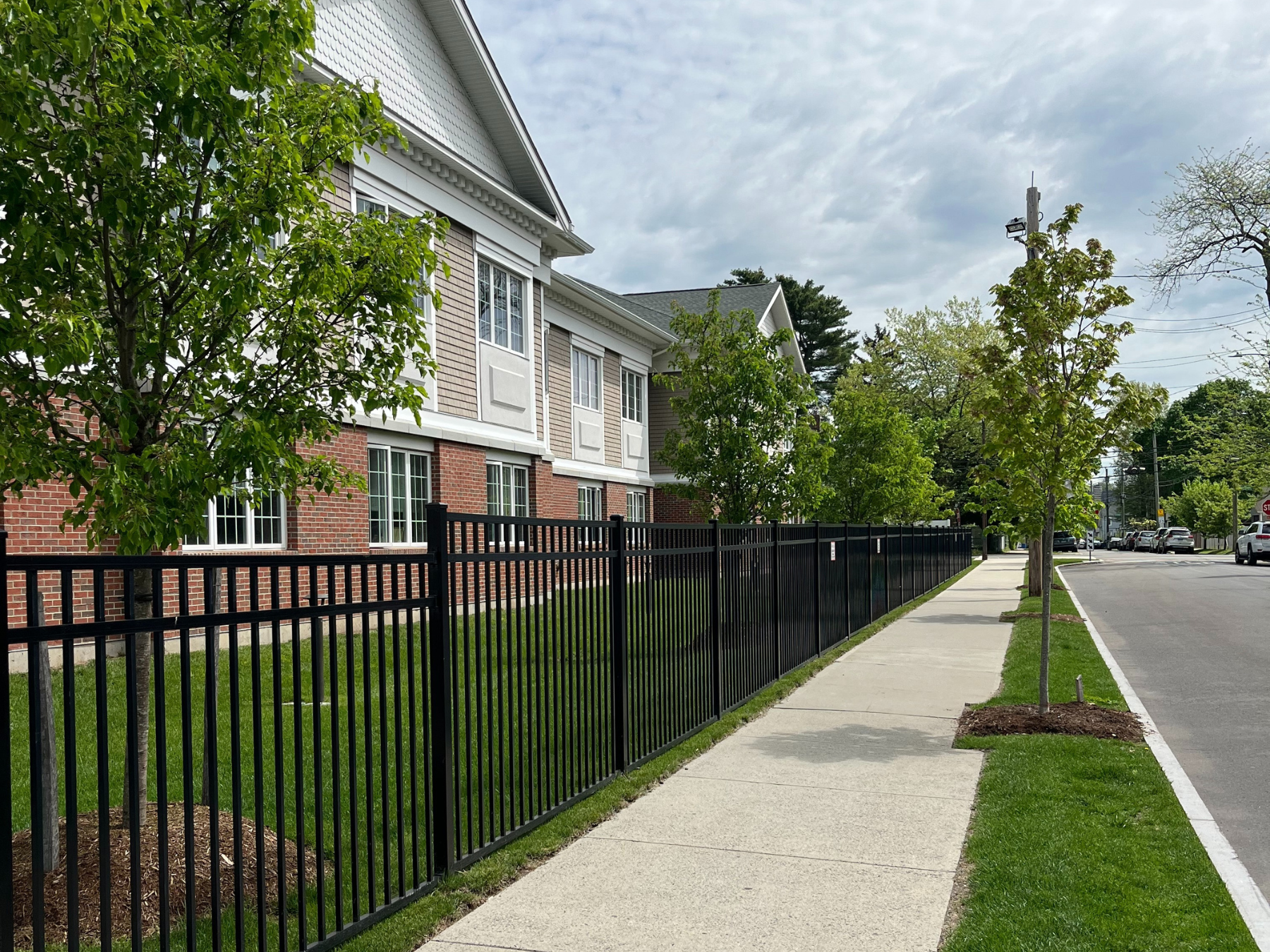By Harold Spitzer, AIA
We at Mary Wade have been exploring all the various ways we can keep our residents and staff safe from the spread of the coronavirus. While we have been taking the well-publicized precautions of social distancing, testing and PPE protection, we have also been exploring how to keep our physical environment as safe as possible. How do we keep the virus from spreading through the air flow in our Heating, Ventilating and Air-Conditioning (HVAC) Systems?
We put together a team to study this problem that includes the Mary Wade’s executive leaders, in-house engineers, outside engineers, HVAC experts, architects and contractors. We began meeting to brainstorm solutions and are now meeting once a week to implement our conclusions and to find more and newer ways to protect our environment.
We presented our findings to the Department of Public Health (DPH) to see if there was any feedback to help us. It turns out we are the only ones in the state of CT to be making this kind of study and they are looking for our findings to help them. We offered to share whatever we find in order to help our colleagues and others coping with these problems.
In our nursing unit where air-conditioning flows through the public areas and every two rooms share the same controls, we came up with the following:
1. Increase the amount of outside air running through the system. The more air flow the harder for the virus to land the easier to keep the areas clean.
2. Review the filter efficiency and install new filters that can stem the flow of many of the particles without harming the unit performance.
3. Increase the exhaust flow in the bathrooms. This will create a negative pressure in the resident rooms thus helping the flow of particles out of the rooms.
4. Adding UV air purification lighting modules in the ductwork of the system to kill the germs before they can flow through the system.
5. Adding floor mounted High-Efficiency Particulate Air (HEPA) Filter units that can cleanse 99.9% of particles down to 0.03 microns in size.
In our Residential Care Unit, the HEPA units could help in the residential rooms, but there is no central air conditioning to allow for the air flow protections noted above. However, we have been discussing the use of lights that can kill all of the microbial particles in a given area. These could be used in the bathrooms, public hallways and dining areas. This is new technology and we are just beginning our study, but it is a new answer for not just the non-air conditioned areas, but maybe the entire facility.
The lighting that kills is part of new technology and more is coming out every day. Our team is following up on all of it. We are also exploring these solutions for our new assisted living and memory care building to be completed next summer across the street from our current buildings.
ABOUT THE WRITER: Harold A. Spitzer, AIA, is a practicing architect having worked for many years in New York City. Mr. Spitzer also serves as Chair of the Board of Trustees at Mary Wade.

At Mary Wade, we understand that nothing quite compares to the warmth of family. For our residents, visits from loved...
rEAD mORE
Every year, nearly 800,000 people in the United States experience a stroke—a sudden event that can leave a lasting impact...
rEAD mORE
Mary Wade is proud to partner with the Urban Resources Initiative (URI), affiliated with the Yale School of the...
rEAD mORE